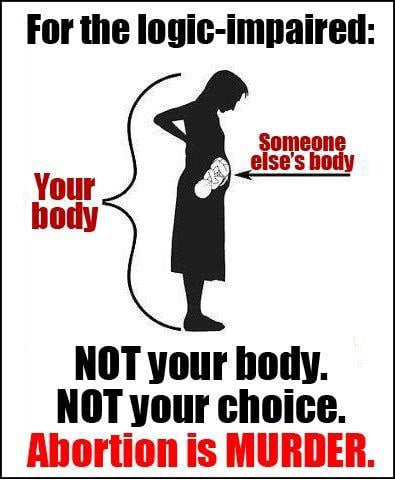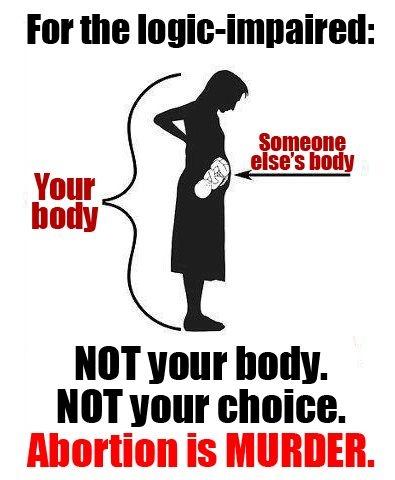If pro-life advocates want to help pro-choice people change their minds about abortion, then they must understand arguments about bodily autonomy and how to respond to them in a persuasive way. In his recent video, How To Destroy The “Best” Reproductive Rights Argument, Matt Walsh draws attention to these types of arguments, explains that they are critical to the modern pro-choice position, and then lists his five problems with how bodily autonomy arguments attempt to justify abortion.
At Equal Rights Institute our staff has collectively had thousands and thousands of conversations with lay pro-choice people on college campuses in the United States, and these experiences have helped us understand what typical pro-choice people actually mean by when they make easily misunderstood statements. While Walsh is right to respond to bodily rights arguments directly and he makes some good responses, he also gives responses that are based on the same understandable mistakes that most pro-life people make.
Estimated reading time: 9 minutes.

Image source: YouTube
Bodily Autonomy Misconceptions
Pro-choice arguments from bodily autonomy are extremely confusing for many pro-life advocates because there is a profound cultural gap between pro-life and pro-choice people. We don’t just disagree about premises in our arguments; our whole mindset on the issue is radically different. Pro-life people are naturally inclined to focus the conversation on the baby while pro-choice people focus their attention to the woman. Sometimes this causes pro-life people to misunderstand pro-choice arguments and assume that everything comes down to the personhood of the unborn. Walsh correctly explains that this is a problem because that is not the only piece of the debate. He wants pro-life advocates to understand that there is another way to defend the pro-choice position in the abortion debate, and he wants us to understand how to refute it. He explains that personhood, while critical to understanding the immorality of abortion, is not what is driving many abortion conversations when we talk with pro-choice people. When pro-choice people bring up bodily autonomy, they are not attempting to refute the pro-life personhood argument.
Walsh goes on to describe an argument that personhood begins when the mother decides. In other words, the argument claims that because a woman has bodily autonomy she should be allowed to decide if and when her unborn child should be considered a valuable person. He goes on to explain the metaphysical absurdity of an argument like this because it claims that the mother has some “supernatural ability to grant and resend humanity to or from her child.” This argument is so bizarre and fringe that it does not play a role in ordinary bodily rights conversations. The vast majority of pro-choice people do not actual use arguments like this one. While our staff has seen this type of reasoning on very rare occasions, it is confusing and unhelpful to pro-life people to tell them that it is a major part of the bodily rights debate. I fear it will cause them to expect to find it and wrongfully interpret other, more reasonable pro-choice statements as being indicative of the weird, fringe argument.

Pro-lifers, this is a strawman. Click here to understand why.
In his first of five points, Walsh responds to the pro-choice slogan “My Body, My Choice” by saying, “It’s not your body, your body is not the body at issue here. The issue is the child’s body, not yours.” This incredibly common pro-life response to bodily rights arguments is based on a critical misunderstanding of what most pro-choice people mean when they use that slogan. They are not saying that the child’s body is the same as the woman’s body, nor are they saying that the human fetus is somehow biologically part of the woman’s body. They are saying that the human fetus’ body affects and is inside what is indisputably the woman’s body. By “my body,” they are referring to cells with the mother’s DNA, not cells with the human fetus’ DNA. This misunderstanding often causes well meaning pro-life people to unintentionally strawman pro-choice people. Read this article for a more thorough explanation of this common problem.



